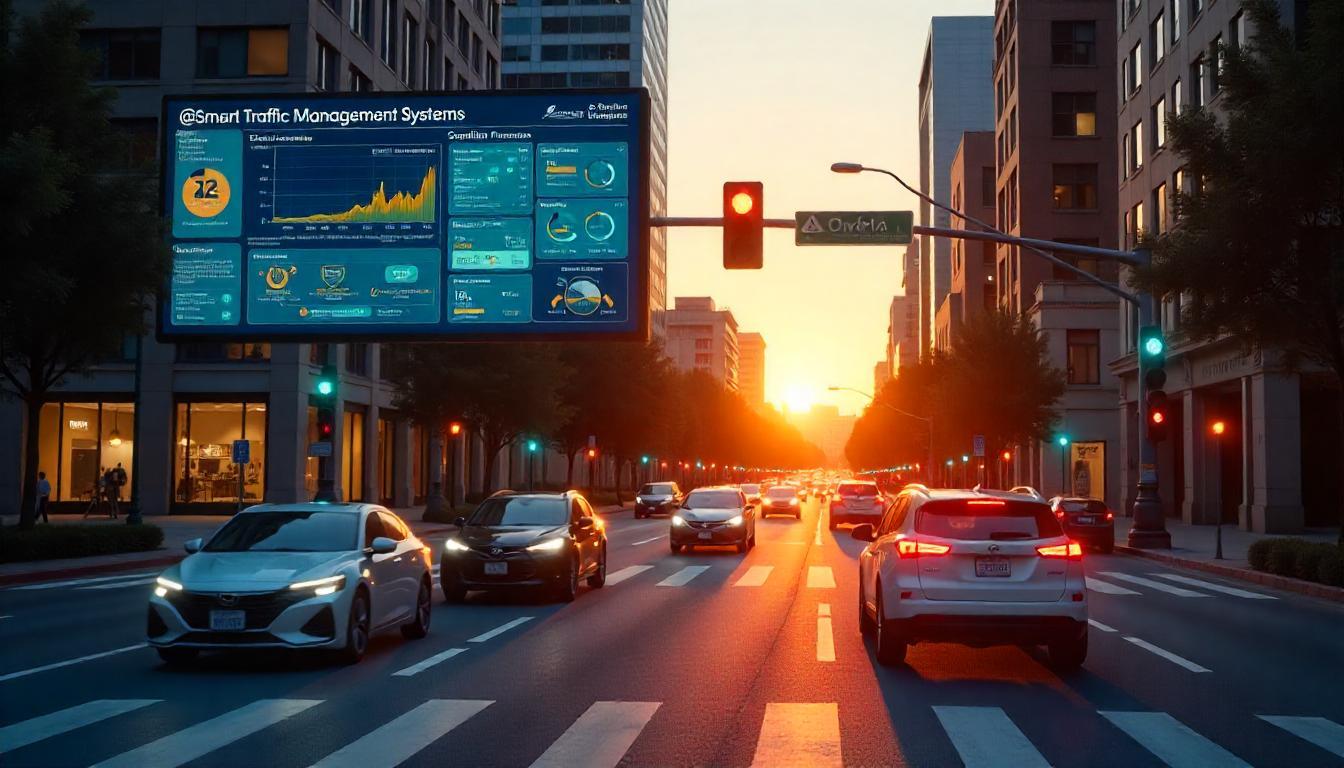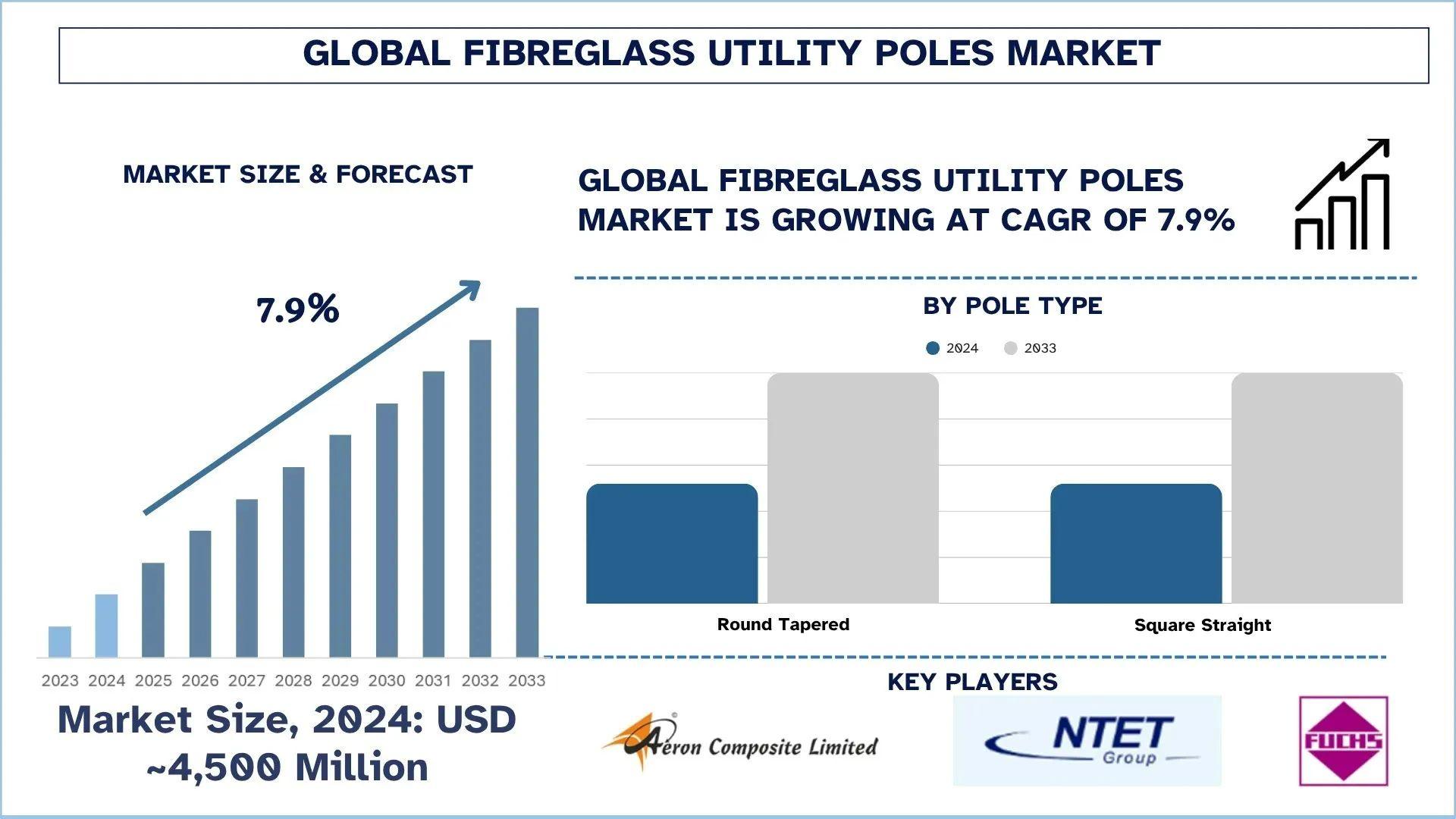How AI-Based Traffic Management Systems Are Redefining Road Safety

The global transportation landscape is undergoing a revolutionary transformation as artificial intelligence reshapes how we approach road safety and traffic management. Modern AI-based traffic management systems are moving beyond traditional reactive approaches to create proactive, intelligent networks that predict, prevent, and respond to traffic incidents with unprecedented precision. This technological evolution is not merely an upgrade—it represents a fundamental paradigm shift toward safer, more efficient transportation infrastructure.
AI Technologies Revolutionizing Traffic Safety
Computer Vision and Advanced Video Analytics
At the core of intelligent traffic management software lies sophisticated computer vision technology that transforms standard traffic cameras into powerful analytical tools. These systems employ deep learning neural networks to process thousands of video frames per second, identifying vehicles, pedestrians, cyclists, and potential hazard conditions in real-time. Unlike conventional systems that simply record incidents after they occur, AI-powered traffic video analytics can detect anomalous behaviors, wrong-way driving, stopped vehicles, and pedestrian violations before they escalate into serious accidents.
The precision of these computer vision algorithms has reached remarkable levels, with modern traffic management systems achieving over 95% accuracy in vehicle detection and classification across diverse weather conditions and lighting scenarios. This technological advancement enables traffic authorities to implement predictive safety measures rather than reactive responses, fundamentally changing the equation for road safety.
Machine Learning for Pattern Recognition and Predictive Intelligence
Machine learning algorithms within AI-based traffic management systems continuously analyze historical traffic patterns, incident data, and real-time conditions to predict potential safety hazards. These sophisticated algorithms identify correlations between environmental factors, traffic density, time of day, and accident probability, enabling proactive interventions that prevent incidents before they occur.
The predictive capabilities extend beyond simple pattern recognition to include complex multi-variable analysis. For instance, the system might correlate weather conditions with specific intersection geometries and historical accident data to automatically adjust signal timing and activate enhanced safety protocols. This level of intelligent analysis represents a quantum leap from traditional traffic management approaches.
Real-Time Analytics and Automated Response Systems
Intelligent Incident Detection and Emergency Response
Modern traffic management software integrates multiple data streams to provide comprehensive situational awareness across entire transportation networks. When incidents occur, AI systems can automatically detect the severity, classify the event type, and initiate appropriate response protocols within seconds. This rapid response capability significantly reduces emergency response times, with studies showing up to 40% faster incident clearance when AI-powered detection systems are deployed.
The automated response capabilities include dynamic message sign updates, traffic signal modifications, and direct integration with emergency services dispatch systems. This seamless coordination between detection and response creates a safety ecosystem that operates at machine speed while maintaining human oversight for critical decisions.
Dynamic Traffic Signal Optimization
AI-powered traffic management systems continuously optimize signal timing based on real-time traffic conditions, pedestrian activity, and safety considerations. These adaptive control systems can reduce intersection delays by up to 25% while simultaneously improving safety outcomes through intelligent gap management and pedestrian protection algorithms.
The optimization algorithms consider multiple objectives simultaneously, balancing traffic flow efficiency with safety priorities. During peak hours, the system might prioritize throughput, while during school zones' active periods, safety parameters take precedence, demonstrating the flexible intelligence that defines modern traffic management technology.
Integration with Smart City Infrastructure
IoT Connectivity and Data Fusion
Contemporary AI-based traffic management systems serve as central nervous systems for smart city infrastructure, integrating data from connected vehicles, environmental sensors, mobile devices, and infrastructure-based detection systems. This comprehensive data fusion approach enables unprecedented visibility into transportation network conditions and emerging safety risks.
The Internet of Things (IoT) integration allows traffic management systems to correlate data from diverse sources, creating a holistic understanding of urban mobility patterns. Weather sensors, air quality monitors, and pedestrian counting systems all contribute to the decision-making algorithms that govern traffic safety interventions.
Videonetics: Leading the AI-Powered Traffic Revolution
As transportation authorities worldwide seek to enhance road safety and operational efficiency, Videonetics stands at the forefront of AI-powered traffic management innovation. Our comprehensive traffic management system represents the culmination of years of research and development in artificial intelligence, computer vision, and intelligent transportation systems.
Comprehensive Traffic Video Analytics Platform
Videonetics' traffic management software integrates cutting-edge AI algorithms with robust hardware solutions to deliver unparalleled traffic monitoring and analysis capabilities. Our system's computer vision engine processes video streams from existing camera infrastructure, transforming them into intelligent sensors that provide real-time insights into traffic conditions, safety violations, and emerging incidents.
The platform's machine learning capabilities continuously improve performance through adaptive algorithms that learn from local traffic patterns and environmental conditions. This self-optimizing approach ensures that the system becomes more accurate and effective over time, providing increasing value to transportation authorities.
Advanced Incident Detection and Management
Our AI-based traffic management system excels in automated incident detection, utilizing sophisticated algorithms to identify accidents, stalled vehicles, wrong-way driving, and pedestrian safety violations within seconds of occurrence. The system's predictive analytics capabilities enable proactive safety interventions, significantly reducing the likelihood of secondary incidents and improving overall network safety.
The incident management module integrates seamlessly with existing emergency response protocols, providing automatic notifications to relevant authorities and implementing immediate traffic control measures to protect responders and minimize congestion impacts.
Scalable Deployment and Integration
Videonetics understands that effective traffic management solutions must integrate seamlessly with existing infrastructure while providing scalable expansion capabilities. Our traffic management software is designed for flexible deployment across urban intersections, highway corridors, and complex interchange environments.
The system's modular architecture allows transportation authorities to implement solutions incrementally, starting with high-priority locations and expanding coverage as budgets and operational requirements evolve. This approach ensures maximum return on investment while building comprehensive traffic management capabilities over time.
Comprehensive Analytics and Reporting
Our traffic video analytics platform provides transportation authorities with detailed insights into network performance, safety trends, and operational efficiency metrics. The system generates comprehensive reports that support evidence-based decision-making for infrastructure improvements and policy development.
Future-Ready Transportation Infrastructure
As we advance into an era of autonomous vehicles, smart cities, and interconnected transportation systems, the role of intelligent traffic management becomes increasingly critical. Videonetics' AI-based traffic management system positions transportation authorities to meet these evolving challenges while delivering immediate improvements in safety and efficiency.
The integration of artificial intelligence into traffic management represents more than technological advancement—it embodies a commitment to creating safer, more efficient transportation networks that serve communities better. Through continued innovation and strategic deployment of AI-powered solutions, we can build transportation infrastructure that not only responds to current needs but anticipates and addresses future challenges proactively.








